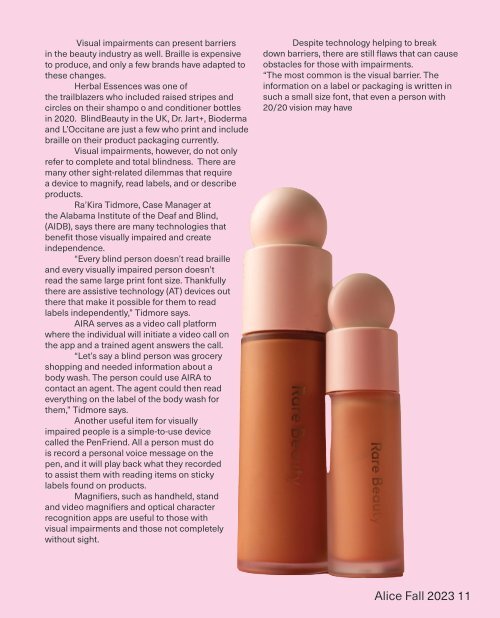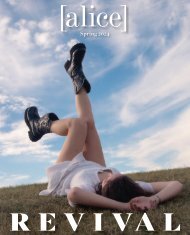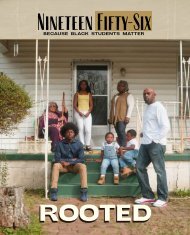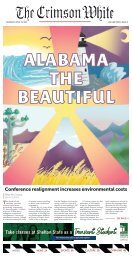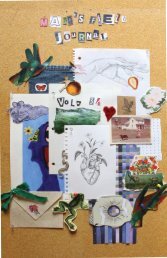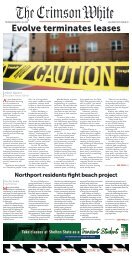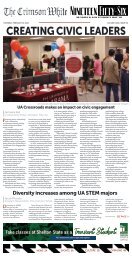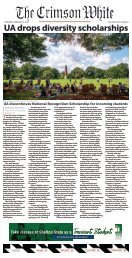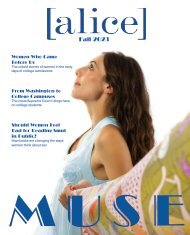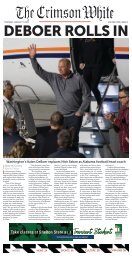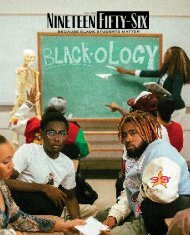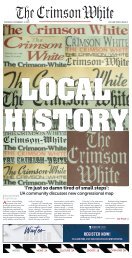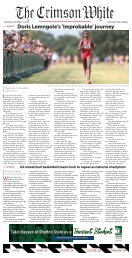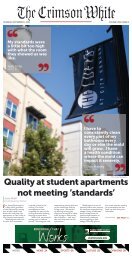Volume 9 Issue 1
The first issue of Volume 9 spotlights women, both past and present, who are leaving their mark through creativity. From historical women who blazed trails before us, to Supreme Court decisions that shape the lives of college students, and even the unapologetic act of reading smut in public spaces. Volume 9 Issue 1 is a tapestry that weaves together the threads of the past, present, and future, celebrating the power of artistic expression to provoke thought, challenge norms and ignite change.
The first issue of Volume 9 spotlights women, both past and present, who are leaving their mark through creativity. From historical women who blazed trails before us, to Supreme Court decisions that shape the lives of college students, and even the unapologetic act of reading smut in public spaces. Volume 9 Issue 1 is a tapestry that weaves together the threads of the past, present, and future, celebrating the power of artistic expression to provoke thought, challenge norms and ignite change.
You also want an ePaper? Increase the reach of your titles
YUMPU automatically turns print PDFs into web optimized ePapers that Google loves.
Visual impairments can present barriers<br />
in the beauty industry as well. Braille is expensive<br />
to produce, and only a few brands have adapted to<br />
these changes.<br />
Herbal Essences was one of<br />
the trailblazers who included raised stripes and<br />
circles on their shampo o and conditioner bottles<br />
in 2020. BlindBeauty in the UK, Dr. Jart+, Bioderma<br />
and L’Occitane are just a few who print and include<br />
braille on their product packaging currently.<br />
Visual impairments, however, do not only<br />
refer to complete and total blindness. There are<br />
many other sight-related dilemmas that require<br />
a device to magnify, read labels, and or describe<br />
products.<br />
Ra’Kira Tidmore, Case Manager at<br />
the Alabama Institute of the Deaf and Blind,<br />
(AIDB), says there are many technologies that<br />
benefit those visually impaired and create<br />
independence.<br />
“Every blind person doesn’t read braille<br />
and every visually impaired person doesn’t<br />
read the same large print font size. Thankfully<br />
there are assistive technology (AT) devices out<br />
there that make it possible for them to read<br />
labels independently,” Tidmore says.<br />
AIRA serves as a video call platform<br />
where the individual will initiate a video call on<br />
the app and a trained agent answers the call.<br />
“Let’s say a blind person was grocery<br />
shopping and needed information about a<br />
body wash. The person could use AIRA to<br />
contact an agent. The agent could then read<br />
everything on the label of the body wash for<br />
them,” Tidmore says.<br />
Another useful item for visually<br />
impaired people is a simple-to-use device<br />
called the PenFriend. All a person must do<br />
is record a personal voice message on the<br />
pen, and it will play back what they recorded<br />
to assist them with reading items on sticky<br />
labels found on products.<br />
Magnifiers, such as handheld, stand<br />
and video magnifiers and optical character<br />
recognition apps are useful to those with<br />
visual impairments and those not completely<br />
without sight.<br />
Despite technology helping to break<br />
down barriers, there are still flaws that can cause<br />
obstacles for those with impairments.<br />
“The most common is the visual barrier. The<br />
information on a label or packaging is written in<br />
such a small size font, that even a person with<br />
20/20 vision may have<br />
Alice Fall 2023 11


